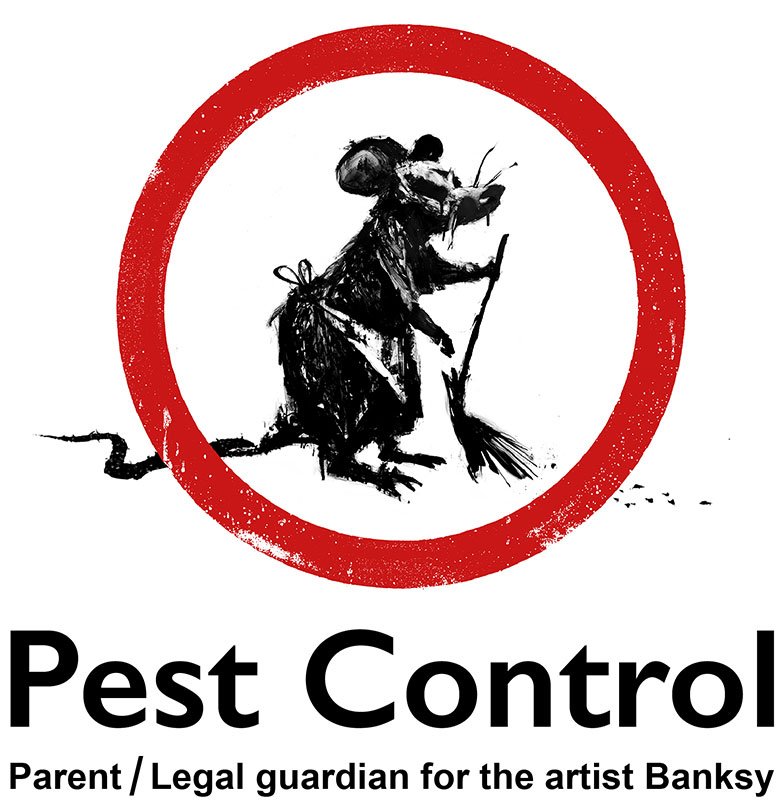Exploring Invasion and Treatment Approaches on the planet of Bug Control
The landscape of parasite control incorporates a myriad of difficulties, specifically as problems of usual home insects continue to progress. By integrating precautionary actions with sophisticated management techniques, such as Integrated Insect Administration (IPM), property owners can much better safeguard their environments.

Usual House Pests
When it comes to managing our living spaces, recognizing typical household insects is essential. These pests not just disrupt our comfort yet can likewise present health risks and damage property. The most widespread home insects include ants, roaches, rodents, termites, and bed bugs.
Ants, often seen foraging in cooking areas, can infect food and develop large swarms. Cockroaches, recognized for their durability, can cause allergic reactions and spread virus. Rats, consisting of mice and rats, can create structural damages and bring conditions like hantavirus and salmonella. Termites, usually described as "quiet destroyers," can compromise the integrity of wood frameworks, bring about pricey repair work. Bed pests, although not illness service providers, can create substantial pain via their bites and cause emotional distress.
Recognizing the signs of these pests, such as droppings, nests, or attack marks, is crucial for very early intervention (Pest Control Lockhart). Appropriate hygiene techniques, sealing access points, and maintaining a clutter-free atmosphere are efficient preventative measures. By identifying these usual home insects and comprehending their behaviors, home owners can take aggressive actions to minimize invasions, ensuring a healthier living atmosphere
Understanding Pest Infestations
Parasite infestations can rise swiftly, turning a small aggravation right into a substantial trouble if not attended to without delay. Usual variables contributing to invasions include inadequate sanitation, architectural susceptabilities, and seasonal adjustments that drive parasites inside.
Determining the sort of pest is important, as different species show varied actions and reproductive rates. Rats may develop nests in surprise areas while pests like cockroaches grow in wet environments. Early detection often depends upon recognizing indicators such as droppings, chomp marks, or unusual audios, which can indicate a problem before it ends up being extreme.
Cozy, moist climates can assist in the fast growth of parasite populations, while adjustments in landscape design or building and construction can unintentionally develop favorable settings. An enlightened strategy to understanding these dynamics lays the foundation for reliable bug monitoring approaches in the future.
Treatment Methods and Strategies
Reliable treatment methods and methods are important for alleviating parasite infestations and restoring a safe environment. A diverse approach is often best, integrating chemical, biological, and mechanical approaches tailored to the details insect and the intensity of the problem.
Chemical treatments include using pesticides and herbicides, which can properly get rid of parasites. Nevertheless, proper application and adherence to safety and security guidelines are crucial to lessen threats to people and non-target organisms. Integrated Bug Administration (IPM) motivates the wise usage of chemicals as a last resource, depending instead on surveillance and threshold levels to figure out intervention requirements.
Biological control approaches involve presenting natural predators or bloodsuckers to minimize pest populaces. This approach is increasingly popular, specifically in agricultural setups, as it advertises environmental sustainability.
Mechanical techniques, such as traps and barriers, offer instant relief from parasites without presenting chemicals. Options include sticky traps for insects or physical obstacles for rats.
Eventually, the selection of treatment technique need to think about the particular bug, the environment, and prospective effects on human health and communities. A balanced combination of discover here these approaches can properly take care of infestations while promoting lasting parasite control options.
Preventative Actions for Homes
Proactively addressing pest problems prior to they escalate is vital for keeping a healthy and balanced home setting article (Pest Control Lockhart). Implementing efficient precautionary procedures can substantially minimize the probability of problems, eventually guarding both your residential or commercial property and health

Correct landscape design also plays an important function in avoidance. Maintaining shrubs and trees cut away from your house lowers the opportunities of bugs discovering their way inside your home. Make certain that water drainage systems are working efficiently to avoid standing water, which can draw in mosquitoes and other bugs.
Finally, regular examinations are recommended. Consistently looking for signs of parasite activity enables very early treatment. By adopting these safety nets, homeowners can produce an atmosphere that is less friendly to insects, therefore boosting their overall lifestyle and minimizing the published here requirement for comprehensive bug control interventions.
Business Pest Control Techniques
A detailed strategy to commercial insect control is essential for businesses intending to maintain a safe and sanitary environment. Effective approaches involve a combination of routine inspections, employee training, and the application of Integrated Pest Management (IPM) practices.
Regular examinations enable early detection of insect task, enabling for prompt intervention. Organizations need to create a regular schedule for these analyses, concentrating on risky areas such as kitchen areas, storeroom, and waste disposal websites. Staff member training is equally crucial; staff should be enlightened on the indications of insect problems and the significance of reporting them right away.
Implementing IPM methods aids minimize insect problems sustainably. This consists of habitat adjustment, such as sealing access points and minimizing mess, along with utilizing all-natural deterrents prior to considering chemical therapies.

In addition, teaming up with a qualified parasite control service provider makes certain accessibility to specialist knowledge and sophisticated treatment choices. This collaboration can lead to tailored parasite control intends tailored to the details requirements of the organization, minimizing risks and enhancing overall efficacy. Eventually, a proactive and educated approach promotes a pest-free environment, guarding both public health and wellness and company credibility.
Verdict
In conclusion, efficient parasite control necessitates an extensive understanding of typical home insects and their actions, paired with targeted therapy methods. Carrying out preventive actions alongside treatment methods such as Integrated Pest Administration and organic control improves the capacity to mitigate invasions.